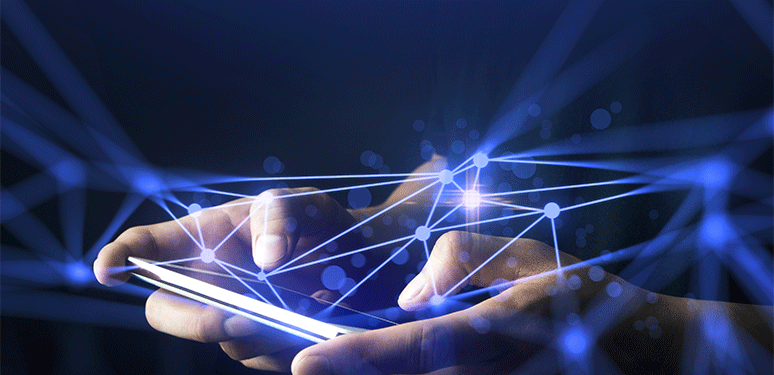Gigabit. Gigabyte. You’ve heard and seen these words before, but do you really know what they mean? Below is a quick crash course on bits and bytes, and what they mean for consumers. This is especially helpful as 10G—the industry’s initiative to bring 10 gigabit speeds to American households and businesses—gets closer to becoming reality.
The best place to start is explaining the difference between gigabit and gigabyte, or, in more rudimentary terms, bit and byte. A bit measures data transfer rates over a network. For example, a gigabit connection transmits data at one billion bits per second. This is incredibly fast bandwidth that translates to much less lag time when streaming videos, video gaming, or using immersive media such as VR which requires much higher data capacity than most.
Meanwhile, a byte measures the amount of storage available on computing devices such as tablets, smartphones, laptops, gaming consoles, cloud storage or other hardware devices. A gigabyte is roughly one billion bytes. In terms of memory space, one gigabyte of space would hold approximately 312 MP3 songs, or, 535 ebooks (based on the average 1.87 MB Kindle ebook file size).
The internet delivers bytes of data over the network, but it delivers those bytes as single bits at a time. Hence, this is why internet speed is measured in bits–it is more accurate to measure internet speed through the number of bits per second that a connection transmits. For further reference, 1 byte is made up of 8 bits.
Giga is a unit prefix, just like mega is, used in computing and telecommunications to denote a quantity. Quite simply, a gigabit connection exponentially delivers many more bits per second than a megabit connection does (1 gigabit=1000 megabits), just like a gigabyte contains exponentially many more bytes of storage space than a megabyte does (1 gigabyte=1000 megabytes).
So, why do users benefit from using gigabit internet? Because gigabit internet can deliver these massive amounts of data, measured in bytes, at ultra fast speeds—faster than we’ve ever experienced. This data to users looks like HD movies, photo galleries, 4K streaming, or VR games. According to Mediacom, which was the first provider to offer gigabit service to an entire state (Iowa), one gigabit can deliver an entire 2-hour HD movie in under a minute and several 4K-Ultra HD videos at once, and more people in a household can use the internet simultaneously, on multiple devices, for TV streaming services, online gaming, or other immersive media.
As a real-life example, Mediacom’s gigabit internet service has allowed start-ups and innovative companies to flourish at the Missouri Innovation Center. Sarah Hill, CEO of StoryUp—a company that designs VR & AR products to improve a person’s mental health and to reduce stress—explained that the ISP’s gigabit service is essential to delivering her product to her clients. Before the center benefitted from Mediacom’s internet service, Hill had to save her extremely large files (measured in bytes) that create the experiences for her clients, onto USB drives. She would then FedEx them to hospitals, schools and homes. Today, these experiences are delivered over the cloud using gigabit internet speeds, allowing her clients to benefit instantly from her product.
These technologies of the future are only going to expand our digital lives, and the cable industry’s 10G networks will provide the platform that fosters all kinds of new innovations. America’s broadband providers are constantly improving their infrastructure and already deliver one gigabit speeds to 80 percent of U.S. homes. With 10 gigabits, the sky is the limit.
Imagine the light field displays, holograms and AR experiences that are around the corner and how they will impact every aspect of society, from education to healthcare to business to entertainment. A new era of speed is upon us and we can’t wait to see what it will look like.
Introducing 10G from NCTA on Vimeo.








